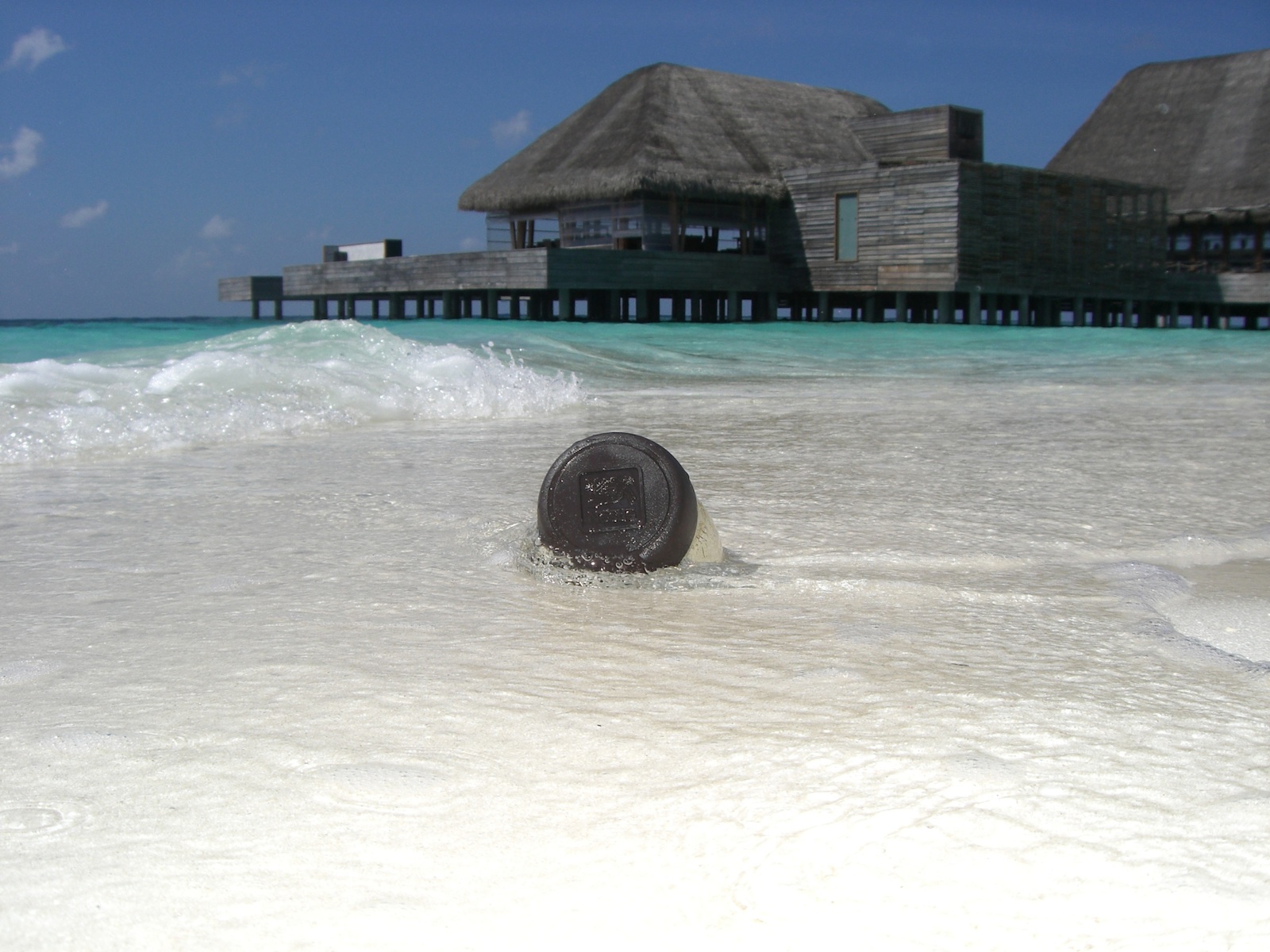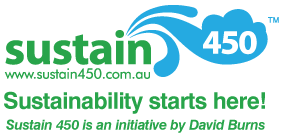
Welcome
David Burns is an environmental chemist with expertise in laboratory data audits, green chemistry, and industrial ecology. David is available to help business & professionals integrate sustainable supply chains and energy efficiency into service offerings. The following blog topics are intended to invoke awareness and/ or action in Going-Green. You are also invited to create a Free Whoisgreen business profile using the link above. David Burns is a NSC member of the Rocky Mountain Institute.

Discarded waste - this picture tells a thousands words. If discarded waste containers and packaging can end up on remote picturesque islands, then ecosystems everywhere are at risk unless business embraces Extended Producer Responsibility (EPR).
Extended Producer Responsibility (EPR) is a concept whereby the producers of consumer goods and the associated packaging are required to take greater responsibility for managing the environmental impact of their products and discarded waste throughout their entire life cycle.
Manufacturers and Producers have options to manage consummer beahviour and accidental loss of discarded waste, including packaging and materials, which can include but not limited to the following:
1. Design secondary reuse: examples are glass food jars used as drinking cups, laptop computers packaged inside a complimentary saddle bag with simple biodegradable plastic wrap, and promote refill/ reuse containers with dispenser function.
2. Promote recycling: container and packaging materials via financial mechanisms, examples are aluminium cans in South Australia.
3. Biodegradation of discarded waste containers and packaging, examples are PET bottles.
4. Reduced packaging size by increasing product concentration, where applicable, examples are concentrated granular detergents that have water added at the consumption point.
5. Manufacturer Levys as last resort, which assist local councils collect streetscape and discarded consummer rubbish for proper landfill disposal or recycling.
The best discarded waste solutions are those that incorporate design at the supply point (manufacturing site). All products should detail MSDS and instructions for the public if discarded waste containers and waste packaging is found.
Challenge: If you have a better photo then this, please email me the image and your details so i can post on this blog for comment.
YouTube video (3.00 mins): 'The Great Pacific Garbage Patch' is where plastic waste concentrates in the Pacific Ocean endangering birds, turtles, fish and other marine creatures that live in this toxic soup.
David Burns is a sustainability advisor and analyst, www.sustain450.com.au
If you have a friend that you would like to share this with, then









